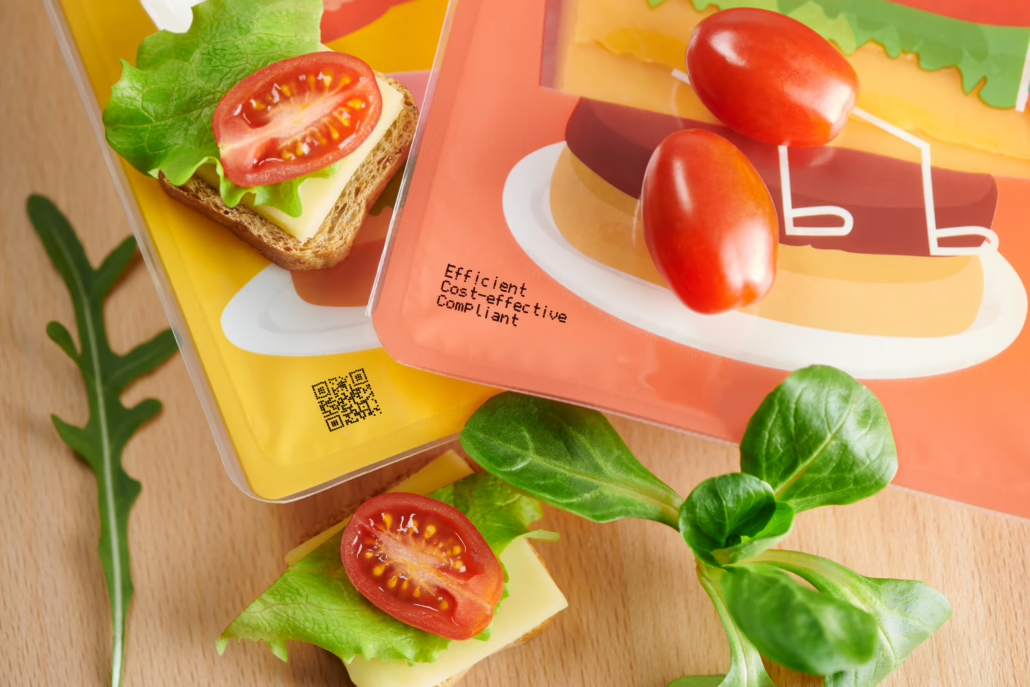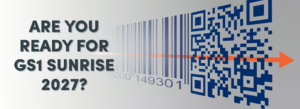
Before diving into costs, the first step is to define your use case.
Are you focused on fresh food traceability? Faster checkout times? Better inventory visibility? Once you know what you’re trying to achieve, the numbers start to make sense.
Where the Costs (and Paybacks) Come In
1. Packaging and Design
Switching from 1D to 2D barcodes often means updating packaging artwork. Your printers might need upgrades, and quality control becomes more important.
Sometimes it’s just a few extra cents per package; other times, it might mean investing in new printing equipment. In some cases, the switch is cost-neutral, it all depends on your current setup.
2. Technology and Infrastructure
Your scanners, POS systems and back-end databases all need to read and process 2D codes.
For some businesses, this is as simple as a software update. For others, it could mean a full hardware upgrade. Costs here can range from a few thousand dollars for software changes to six figures for full system replacements across a retail chain.
3. Supplier and Partner Alignment
This is one area many companies underestimate.
Your manufacturers, packagers, and logistics providers all need to be on board. You’ll need to set new specifications, run pilots, and deliver some training. The dollar cost isn’t huge but the time investment definitely is.
4. Compliance and Standards
2D barcodes rely on GS1 standards, which aren’t optional.
Membership fees, consulting and audits all come into play. It’s an upfront cost but skipping this step can get expensive later if compliance issues arise.
5. Training Your Team
Your technology only works as well as the people using it.
From cashiers to warehouse staff, everyone needs to understand the new system. Proper training can make the difference between a smooth rollout and ongoing frustration.
6. Ongoing Maintenance
After go-live, plan for regular system updates, supplier monitoring and barcode quality checks. These aren’t major costs, but they should be factored into your overall 2D barcode implementation plan.
The ROI: Why It’s Worth It
Most retailers see food waste reduced by 7–10%, pricing errors drop, and checkout speeds improve by 10–15%.
Inventory accuracy goes up, labour costs go down and most companies see ROI within 12–18 months — proving that 2D barcodes aren’t just a cost but a smart investment.
The Bottom Line
Yes, 2D barcodes come with an upfront spend but the long-term benefits are hard to ignore.
Think of it as an investment across five key areas — packaging, technology, suppliers, compliance, and training. When done right, the payoff continues long after rollout.


